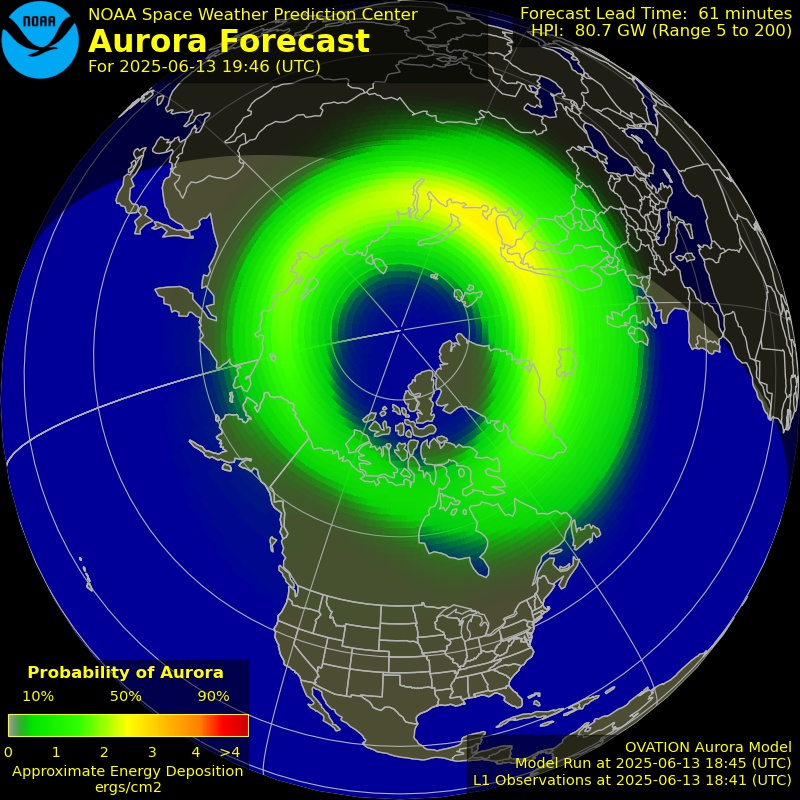Pollinators are key to Minnesota’s environmental health
Jun 21, 2019 03:21PM ● By Editor
Media Release from the Minnesota Department of Natural Resources - June 21, 2019
Without them, we wouldn’t have some of our favorite foods. They are vital to a healthy environment. They’re also beautiful and fascinating to watch. They’re pollinators, and this week is dedicated to understanding, appreciating and helping them.
Bees, butterflies and hummingbirds are needed to pollinate plants that provide Minnesota food crops such as fruits, vegetables and herbs. Some of these foods are important for wildlife, too. Black bears, for example, eat raspberries that are pollinated by bumble bees. Honey bees and native pollinators contribute millions of dollars to Minnesota’s agricultural economy.
Pollinators play a critical role in keeping our environment healthy. They help maintain the health of the many plants that stabilize the soil and prevent erosion. These plants also buffer waterways, store carbon, and provide habitat for other wildlife. Plus, flowering landscapes are beautiful. Without pollinators, our environment would look very different.
“Pollinators are so important, not just to flowers but to our whole environment, and there are many simple things Minnesotans can do to help pollinators,” said DNR invertebrate ecologist Jessica Petersen.
To help pollinators:
- Plant a variety of flowers, especially those that are native to the area.
- Keep gardens blooming all season long; choose plants that provide pollen and nectar in the spring, summer and fall.
- Provide nesting sites by allowing dead branches and logs to remain, leaving bare earth for ground-nesting insects, or installing bee nesting blocks.
- Reduce pesticide use.
- Become a citizen scientist and help researchers collect data about pollinators and their habitat.
- Tell friends and family about pollinators and inspire them to take action.
A list of pollinator resources is available on the DNR website.

